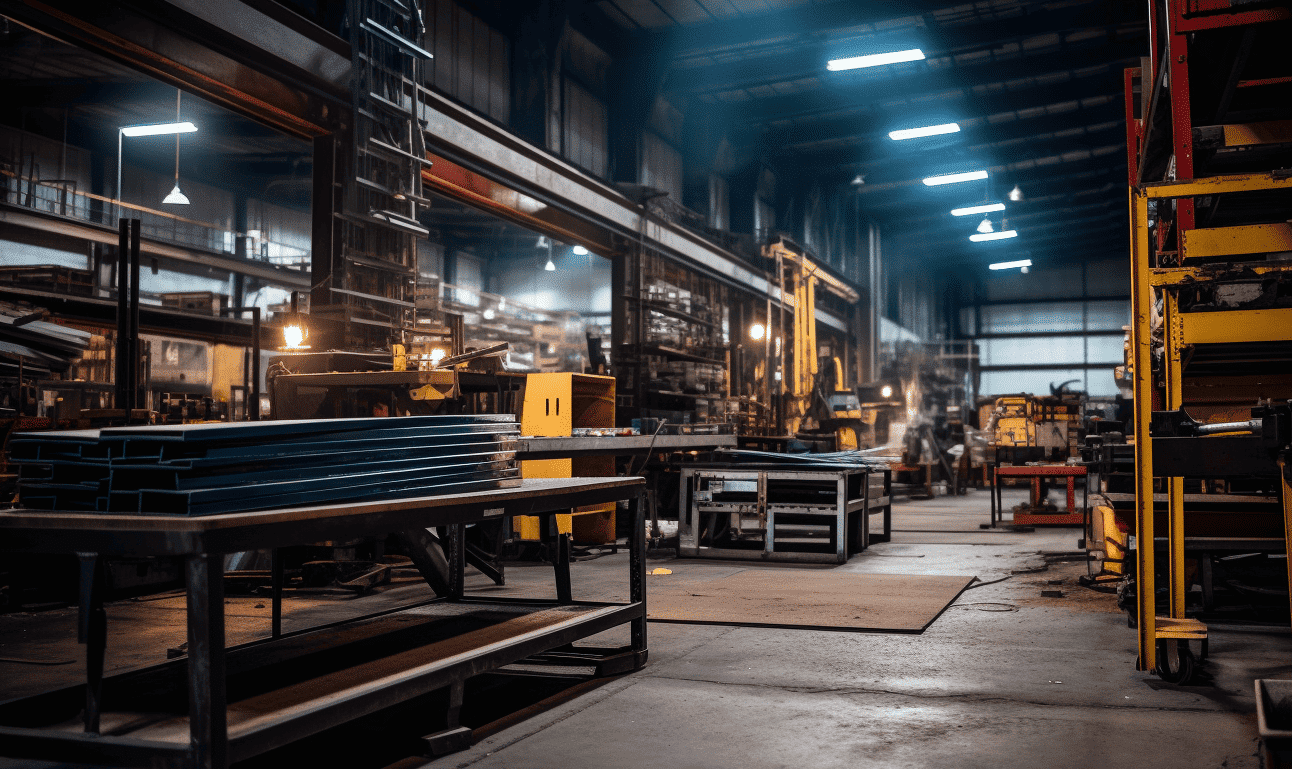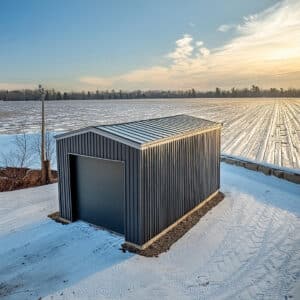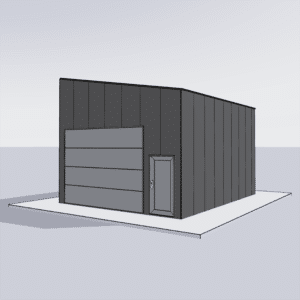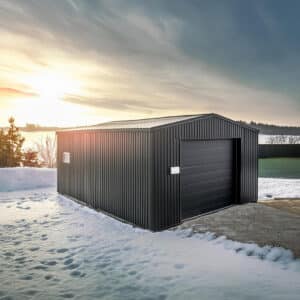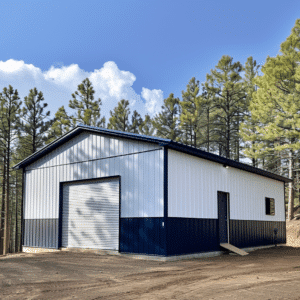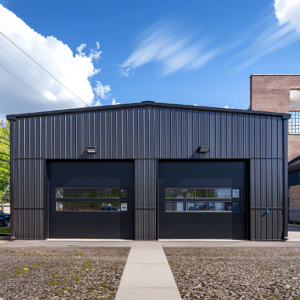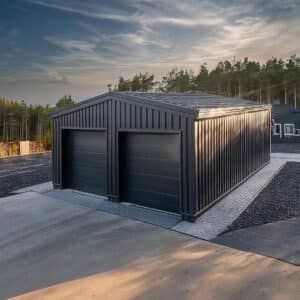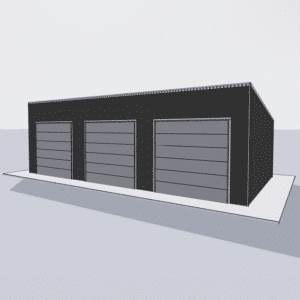When embarking on the exciting journey of constructing a steel building, there’s an essential step that can dictate the success of the entire project: laying a solid foundation. Just like a tree relies on its roots for strength and stability, a steel building relies on its foundation to support its structure and withstand external forces. This article delves into the foundation fundamentals, exploring the nuances of laying the perfect base for your steel building. With expert advice and insights, you’ll be better prepared to ensure your steel structure stands the test of time.
Understanding Foundation Fundamentals
Every great structure starts with a foundation, and understanding the fundamentals of this crucial component is key. The foundation not only supports the weight of the entire building but also ensures its alignment and leveling. When dealing with steel buildings, these factors become even more significant due to the precision engineering required.
To gain insight and Expert advice on building with steel, it’s important to assess factors like soil composition, climate, and load-bearing requirements. Each of these elements influences the type of foundation suitable for your structure.
Types of Building Foundations for Steel Structures
Selecting the right foundation type can make all the difference in the longevity and stability of your steel building. The three most common types of foundations used are slab-on-grade, piers, and perimeter walls. Each has distinct characteristics that suit different project needs and conditions.
For a detailed overview of these options, you can explore the Types of Building Foundations where you’ll find specific insights into what might best suit your project’s needs.
Slab-on-Grade Foundation
A slab-on-grade foundation is ideal for flat, load-bearing surfaces and warmer climates. This foundation consists of a thick layer of concrete poured directly onto the ground, providing a seamless base for erecting your steel building. It is often reinforced with steel to manage expansion and contraction due to temperature changes.
Pier Foundation
If your building site is located on uneven terrain or non-load-bearing soil, a pier foundation might be the right choice. This involves drilling into the ground and installing concrete piers that support the building. It’s an effective way to elevate the structure and prevent moisture from seeping in.
Perimeter Wall Foundation
A perimeter wall foundation, also known as a crawlspace foundation, is useful in areas prone to flooding. This type creates a cavity or crawlspace beneath the structure, elevating the steel building and allowing for utilities to be installed under the floor.

Critical Considerations for Laying Your Foundation
Preparing the site and laying a foundation involves more than just picking the right type. Key considerations will ensure a flawless foundation that supports your steel building effectively.
Soil Testing
One of the first steps in laying a foundation is conducting a soil test. Understanding the soil composition provides insights into its load-bearing capacity and drainage properties. This information helps in designing a foundation that can cope with the specific challenges posed by your site.
Climate and Environmental Factors
The local climate significantly impacts foundation choices and preparation methods. Cold climates may demand deeper foundations to prevent the building from shifting due to frost heave. In contrast, areas with heavy rainfall require effective drainage systems to protect the foundation from water damage.
Engineering and Compliance
A thorough review of engineering requirements and local building codes is paramount. Consulting resources like the Canadian Foundation Engineering Manual ensures you are compliant with necessary regulations and standards.
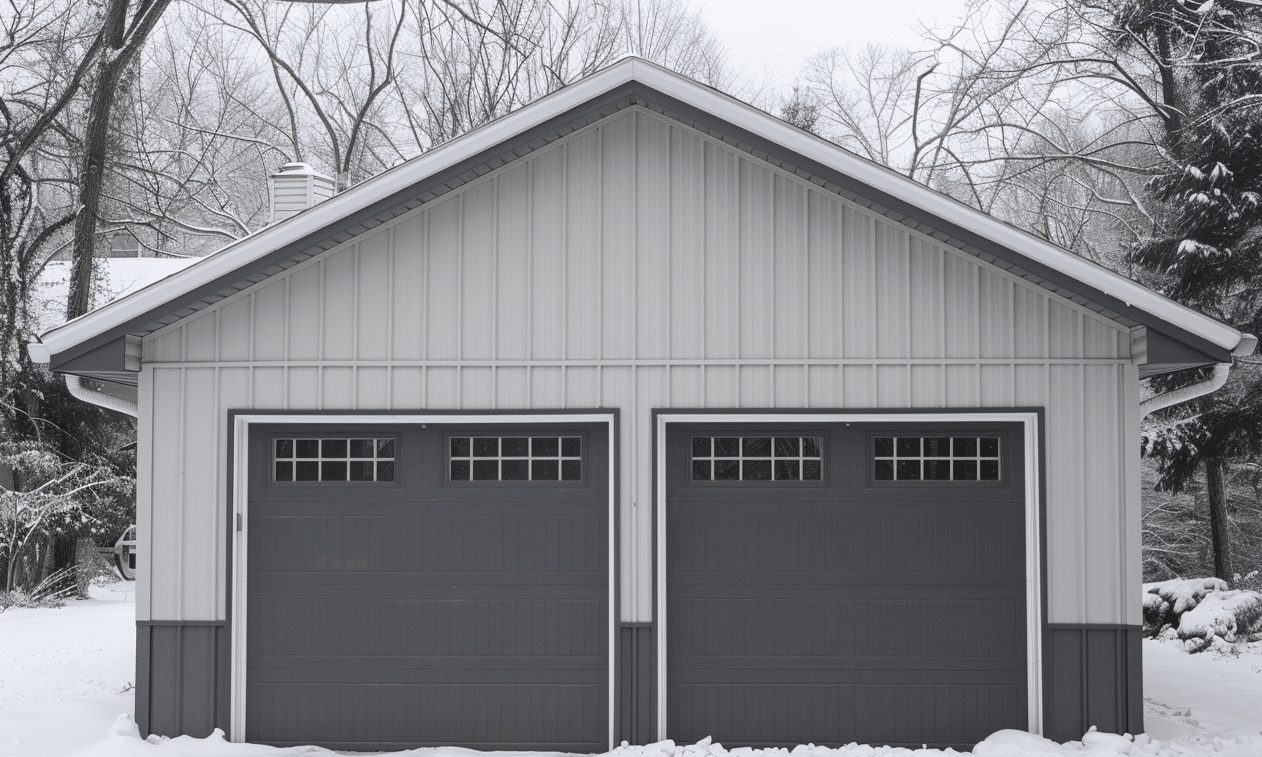
Ensuring Quality Construction and Cost Efficiency
Creating a perfect foundation is not just about engineering precision. It also involves balancing quality construction with cost-effectiveness.
Professional Expertise
Hiring professional services to assess, plan, and execute your foundation is a step worth taking. They provide valuable guidance and ensure the use of the best practices for your specific project. If you’re in the market for professional help, consider exploring Building Foundation Services to see how experts can help streamline your project.
Cost-effective Solutions
Thinking economically does not mean compromising on quality. Designing a Cost-Effective Steel Building means investing in durable materials and efficient construction techniques that save money in the long run through reduced maintenance costs.
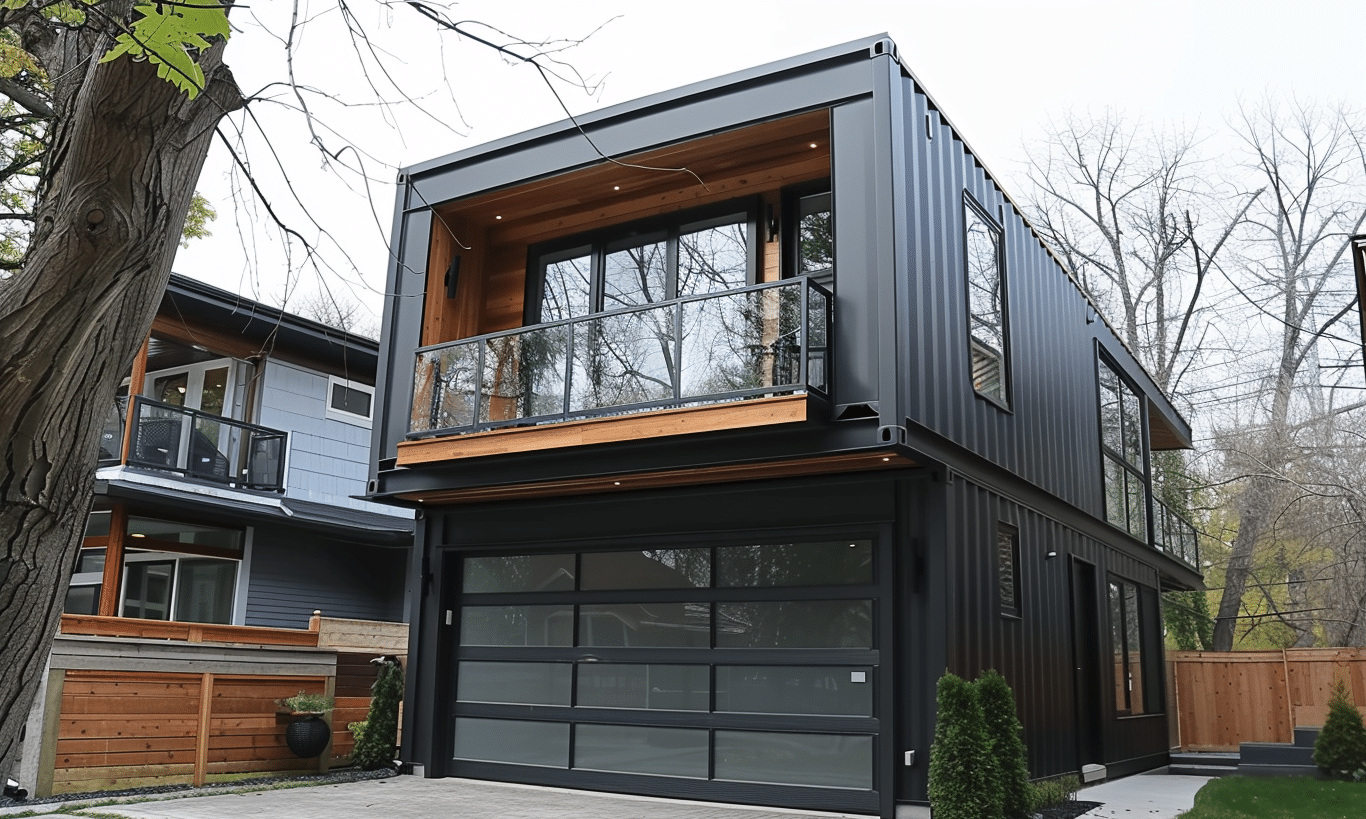
Conclusion: Building on a Firm Foundation
In conclusion, the foundation is the bedrock of your steel building’s success. It requires careful planning, informed decisions, and meticulous execution. Whether choosing a slab-on-grade, pier, or perimeter foundation, understanding the environment, regulations, and engaging with professional services can make a significant difference. By considering these Foundation Fundamentals, you set your steel building on a course for longevity and stability, ensuring your investment stands strong against the elements and the test of time. Embrace the challenge, plan wisely, and lay the perfect foundation to support your vision.


